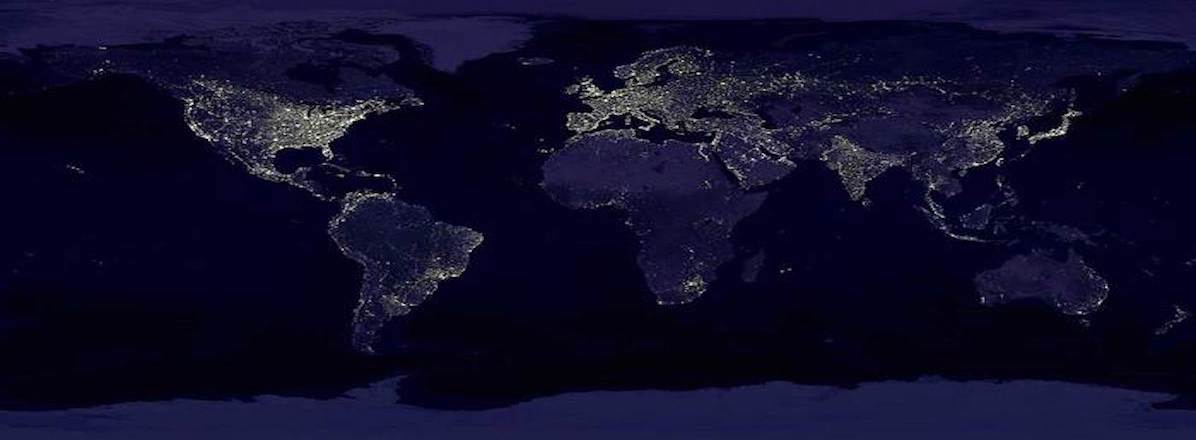A nation must think before it acts.
How Chinese Disinformation and Conspiracies Are Shaping the Information War
December 10, 2020
Post by Rachel Chernaskey
Interference efforts aimed at the 2020 U.S. presidential election by Russia, Iran and China highlighted fundamental differences between the three countries’ strategies for targeting American populations. China stood as an outlier among the three authoritarian regimes in the information space, pushing far less messaging about the election compared to Russia and Iran. Yes, China seeks to wield influence in American politics—reporting on CCP-tied political donors illustrates such efforts. But like 2016, Russia remained the largest foreign threat in the information space, and the loudest amplifier of American-made conspiracy theories during the 2020 election.
2021 may shape up to be a different story. As China expands control over its own information space at home and seeks to further cement its influence abroad, disinformation may play an increasingly larger role in its blueprint. Many of the more overt mechanisms China currently uses to wield its influence—largely economic and diplomatic levers—might act as vehicles for information or narrative laundering. For example, Disney’s recently released Mulan saw backlash for its decision to film in China’s Xinjiang region, where Uigher minorities have been detained and interned, and Disney’s thanking of blacklisted Xinjiang government entities in the movie’s credits. Global perception of China with regard to Xinjiang is a central issue for the Chinese government, and state media has messaged extensively on the region. Praise from Disney, a company invested in capturing the Chinese market, only propagates the Chinese government’s positive spin on injustice in Xinjiang.
Messaging concerning the Coronavirus offers a more illustrative example of explicit Chinese disinformation campaigns. Though China largely steered clear of the 2020 election in its state-run media, it has increasingly employed disinformation and conspiracy theories to support its preferred narratives surrounding COVID-19. In March, Chinese state media and Chinese officials claimed that the U.S. might be responsible for the origin of COVID-19. The most explosive example of this conspiracy push came from the Chinese Foreign Ministry spokesman Lijian Zhao, who posted a slew of tweets propagating the theory, including one post on an article by disinformation outlet Global Research suggesting the U.S. Army was responsible. But there were other components to the campaign, like the Chinese embassy to South Africa’s press release posted to its website titled “The COVID-19 Is Spreading Globally But Neither ‘Originated from China’ Nor ‘Made in China’” that further pushed the notion that it was the U.S., not China, that was the origin of the virus.
The use of disinformation by state media and officials to influence global perception about COVID-19 has continued on since the pandemic’s peak. Just this week, Chinese state media pushed the notion that COVID-19 started in Europe, rather than in China, and was spread into China through food imports. A glossy Global Times investigative piece published a timeline of events, titled “Remapping the history of the COVID-19 pandemic,” noting COVID-19 as originating in Spain, Italy, France, Brazil and the U.S. all before Wuhan. On Wednesday, the Global Times’s editor-in-chief Hu Xijin questioned the trustworthiness of the Pfizer vaccine, a signal that American vaccines may soon become the subject of further conspiracy theories.
Chinese officials and influencers have used disinformation and conspiracies to spin other events beyond COVID-19 as well. During the nationwide protests concerning the death of George Floyd, Hu Xijin tweeted that he “strongly suspect[ed]” that protestors from the Hong Kong protests had “infiltrated American states.” More recently, spokesman Lijian Zhao posted a doctored image depicting an Australian soldier holding a knife to an Afghan child, an apparent effort to denigrate Australia, a country at odds with China recently over trade and China’s alleged meddling in Australian politics.
Beijing’s efforts to rewrite history on the COVID-19 pandemic and shift global perceptions on issues like Xinjiang and Hong Kong via disinformation seem to indicate an increased affinity for such information campaigns. Chinese-led media partnerships, like the Belt and Road News Network, and economic relationships with foreign media entities, like the purchase of advertising space, may act as levers for China to try and launder preferred narratives into legitimate news sources and other media around the world.
China’s reach has expanded under four years of American isolationist foreign policy, and counter-messaging Chinese disinformation abroad should be a priority for the U.S. in 2021 and beyond. The rollout of American vaccines provides one such opportunity. The question for the new administration is: What does America have to say, and when will we say it? Right now, America continues to cede the information war to its authoritarian challengers.




